Windows 10X – Release date, devices and features
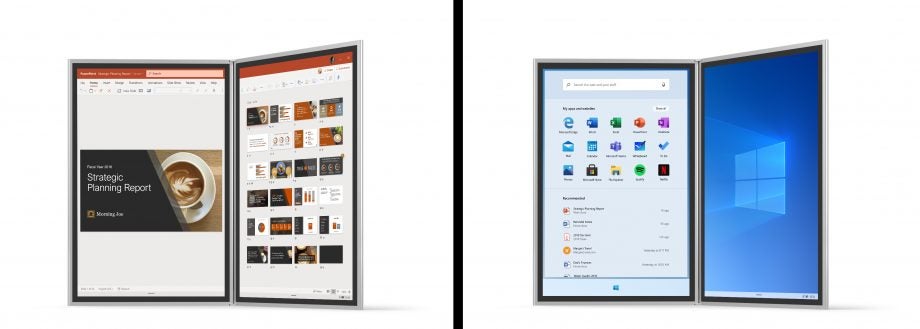
Windows 10X was set to redefine the traditional Windows experience – modifying the old faithful operating system to work seamlessly with folding and dual-screen devices of the future. But, it was shelved and won’t see the light of day. The rest of this article contains speculation relating to its originally planned features.
Windows 10X was announced way back in October 2019, as a new version of Windows 10 that is more lightweight and, in particular, provides tools for those developing for new dual-screen devices.
Windows 10X is still yet to arrive and, while we’ve seen some demos, it won’t be clear how and if it will change how we use computers until we get our hands on it. Until then, here’s everything we know about the new OS.
Related: All the best foldables from CES 2020
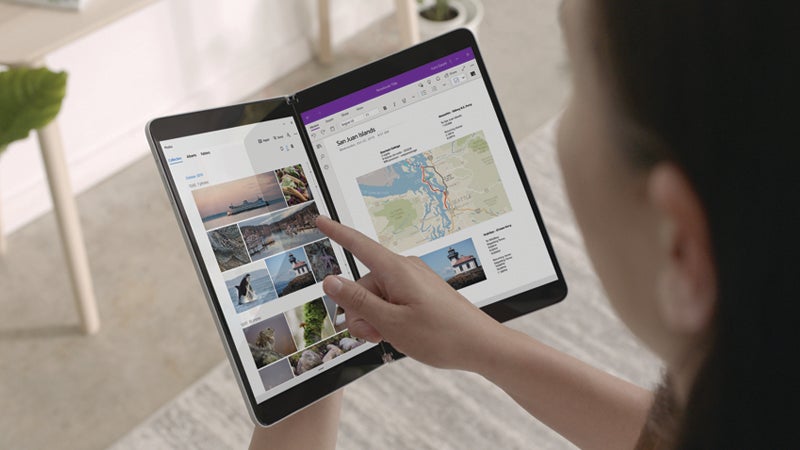
Windows 10X release date
While we are now aware of the Surface Duo and Surface Neo dual-screen devices (the former of which runs on Android, not 10X), at the time, Microsoft hadn’t yet announced these innovative Surface machines. It also wouldn’t be until CES 2020 when the showcase of the folding Dell Concept Duet and Lenovo X1 Fold occurred. Instead, Microsoft kept it nonspecific stating with the following:
“Windows 10X will be available on dual-screen and foldable devices starting in the fall of 2020, in time for the holiday season. These will include both Microsoft Surface and devices from several Windows ecosystem partners including ASUS, Dell, HP, and Lenovo. The first wave of devices will vary in size, design, and specs, and be powered by Intel.”
Well, as Fall closes in, the new OS seems to have been through the wringer. The Surface Neo has since been delayed – pushed back from Holiday 2020 – with no new confirmed date.
ZDNet has reported that we may now not see Windows 10X until Spring 2021 and that this will be a 10X that has pivoted to providing a streamlined single-screen Windows experience, with the dual-screen version of 10X potentially not coming until 2022.
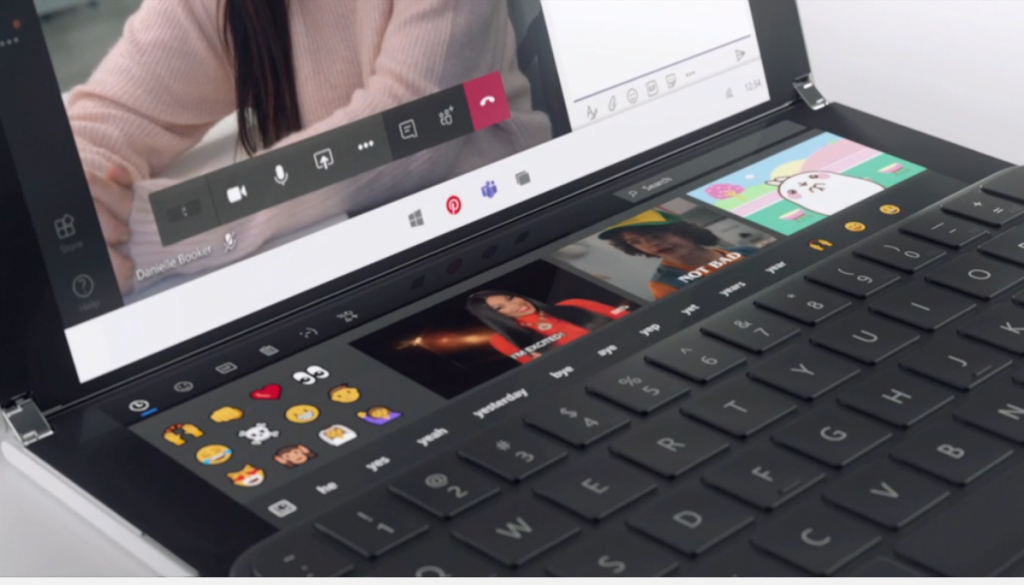
Windows 10X features
With Windows 10X seeming like it is reorienting its focus on dual-screens, the operating system now feels like it is split into three when it comes to features. One being the features that provide a more modern and lightweight Windows experience, another being the dual-screen specific features and then the features where both of these goals intersect.
On the lightweight side of things, we already know that the operating system is expected to have blisteringly fast updates of just 90 seconds – pointing to an operating system that can update like Google’s more snappy Chrome OS.
On the more geeky side of things, Microsoft is looking to speed up its new OS by running apps in containers.
First off, there won’t be any compatibility issues with the new OS, with traditional Win32 apps working just fine in on the dual-screen OS. However, as with many “simplified” systems, this simplicity is achieved via restrictions – restrictions that allow for a speedy and less power-demanding OS but restrictions nonetheless (via Thurrott).
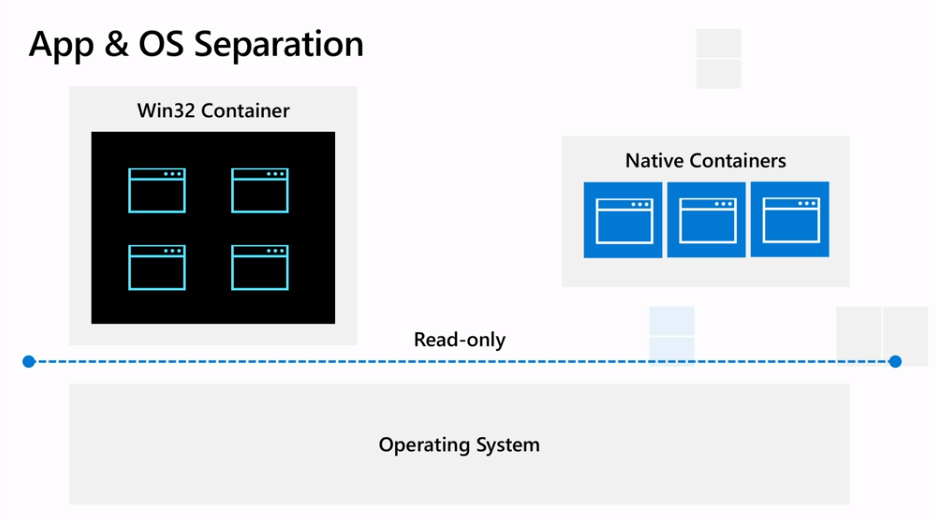
These restrictions will include a lack of integration with system tray icons, File Explorer add-ins, and desktop startup. Windows 10X may also restrict some background activities.
Along with a streamlined layout, these features should increase battery life and improve security as well as enabling those faster updates we mentioned.
Moving onto dual-screen chops, the new operating system was originally announced with a blog post titled: “Introducing Windows 10X: enabling dual-screen PCs in 2020” and, while it now seems apparent the new OS is part of a broader vision for Microsoft’s future platform plans, dual-screen is still set to be the heart of it.
Earlier this year, Microsoft released a Windows 10X developer preview and you can view a hands-on with the software courtesy of Windows Central:
Aside from the dual-screen capabilities, it is immediately obvious Microsoft is shooting for a simpler and more touch-friendly approach. The taskbar is now a lot more similar to a Mac-style dock or what we see on Android, while the start menu is a floating box of recent docs as well as apps and websites of your choosing.
We see Windows 10X dual-screen contextual chops kick into action in Outlook. The user goes to snap the window to full screen and we see Outlook open the mail list on the left screen and a full email on the right. These contextual decisions will be pivotal to the dual-screen success of Windows 10X – think Photoshop automatically showing your canvas on one screen and brushes on another or a browser showing a web page in one and tabs, settings, extensions and more in another.
As well as full-screen adaptability, we also see the ability of Windows 10X to simply have different apps running on each display – one of the more obvious benefits of dual screens. Having separate content on each screen with also extend to the user of a keyboard with devices like the Surface Neo. The Neo is set to come with a keyboard that, when placed on the device, with an Apple Touch Bar-like “WonderBar” offering a range of contextual options.
Related: Best foldable phones
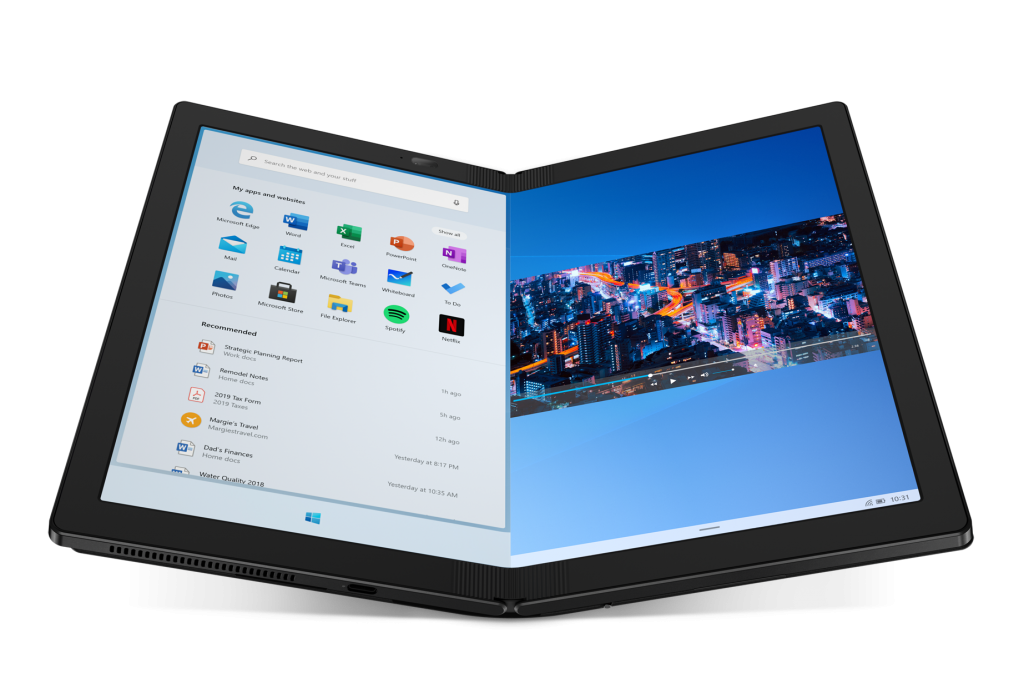
Lenovo X1 Fold
Windows 10X device compatibility
As we mentioned at the beginning of this explainer, Windows 10X was initially touted as a dual-screen-centric operating system. However, that definitely seems to have changed now but the new direction isn’t completely clear.
Currently, we only know the Surface Neo and Lenovo Thinkpad X1 Fold are confirmed devices. With these two devices being dual-screen, it seems unlikely the pool will stay this small. Windows 10X looks closer to a defacto Windows 11 than simply a dual-screen fork of the original Windows 10.
However, Windows 10X is set to have restrictions that more advanced users may not find accommodating. Could this mean Windows 10X will be reserved for lower tier or less performance-capable devices, similar to Chrome OS? Or, is Windows 10X truly the future of most Windows devices? These answers to these questions remain unknown until Microsoft reveals the new broad picture and we eventually get our hands on the new platform.

